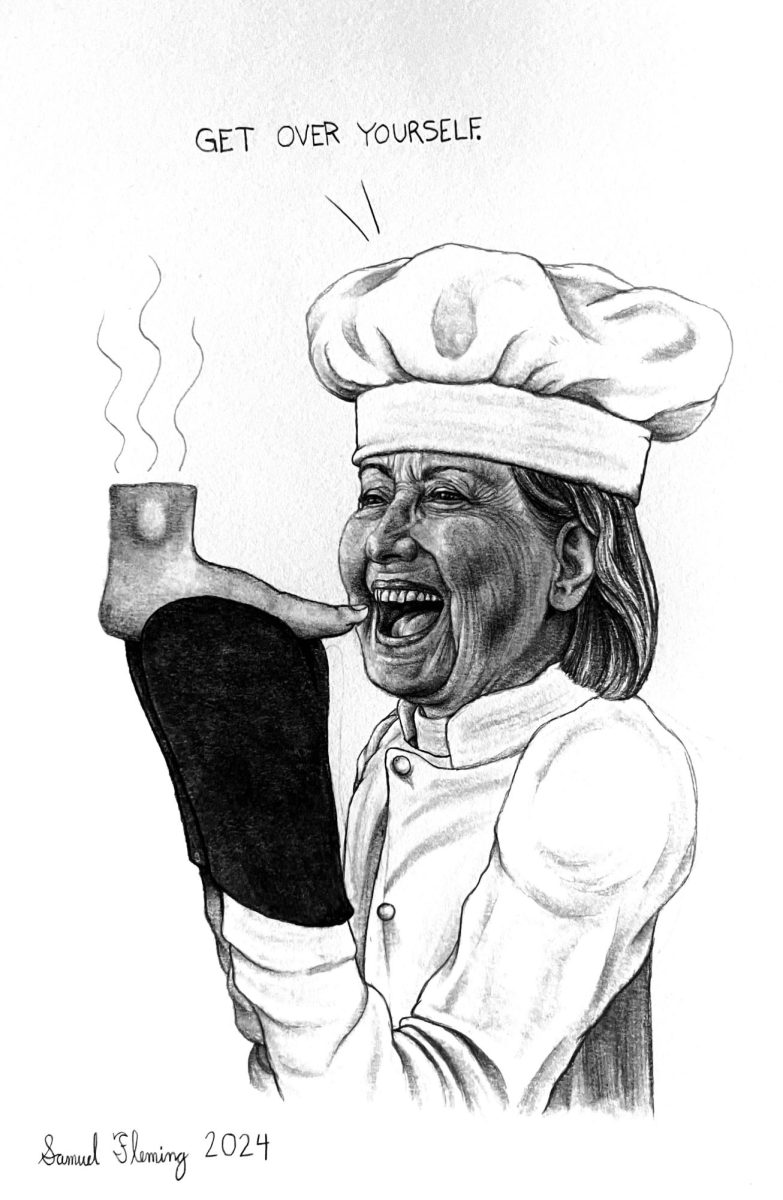Iraq will not be able to take responsibility for its internal security until 2012, nor be able to defend its borders until at least 2018, the Iraqi defense minister said earlier this month. The U.S. military, however, can barely sustain its forces now as it has struggled to attract new, capable soldiers since the Iraq war began in 2003. Rising casualties and extended tours in the war first affected recruiting in 2005, when the Army failed to meet its goal for enlistments that year. In 2007, Army recruitment had another lull – enlistments were significantly low in May and June.
Last October, U.S. Secretary of Defense Robert M. Gates approved a $2.6 billion plan by the Army to accelerate expansion from an active duty troop strength of 512,000 to 547,000 by 2010 to provide troop relief in Iraq and Afghanistan. General George W. Casey Jr., the Army chief of staff, conceded meeting the proposed troop level will not be easy. Gates, in a Sept. 26 memo, also barred the Army from lowering its recruiting standards or prohibiting soldiers from retiring in order to increase troop levels.
Despite low enlistments in spring 2007, the Army met its recruiting goal last year. But, according to Defense Department statistics, the Army did so by reducing recruitment standards to 20-year-low levels. Although Gates disallowed lowering soldier standards for the future troop increase, the Army already has substandard requirements.
In 2006, 15 percent of recruits needed waivers because they did not meet medical or educational requirements or they had a criminal record. That number rose to 18 percent in 2007. Of new Army recruits in 2003, 94 percent had received a high school degree. That percentage has since dropped to 83.5 percent in 2005 and 70.7 percent in 2007 – the Pentagon’s goal is 90 percent. “High Quality” recruits, soldiers who both have a high school degree and score in the 50th percentile on the Armed Forces’ aptitude tests, have also decreased from 56.2 percent in 2005 to 44.6 percent in 2007.
The U.S. military has lowered troop standards to further take advantage of America’s least fortunate, and $20,000 bonuses will continue to lure less educated and poor Americans.














